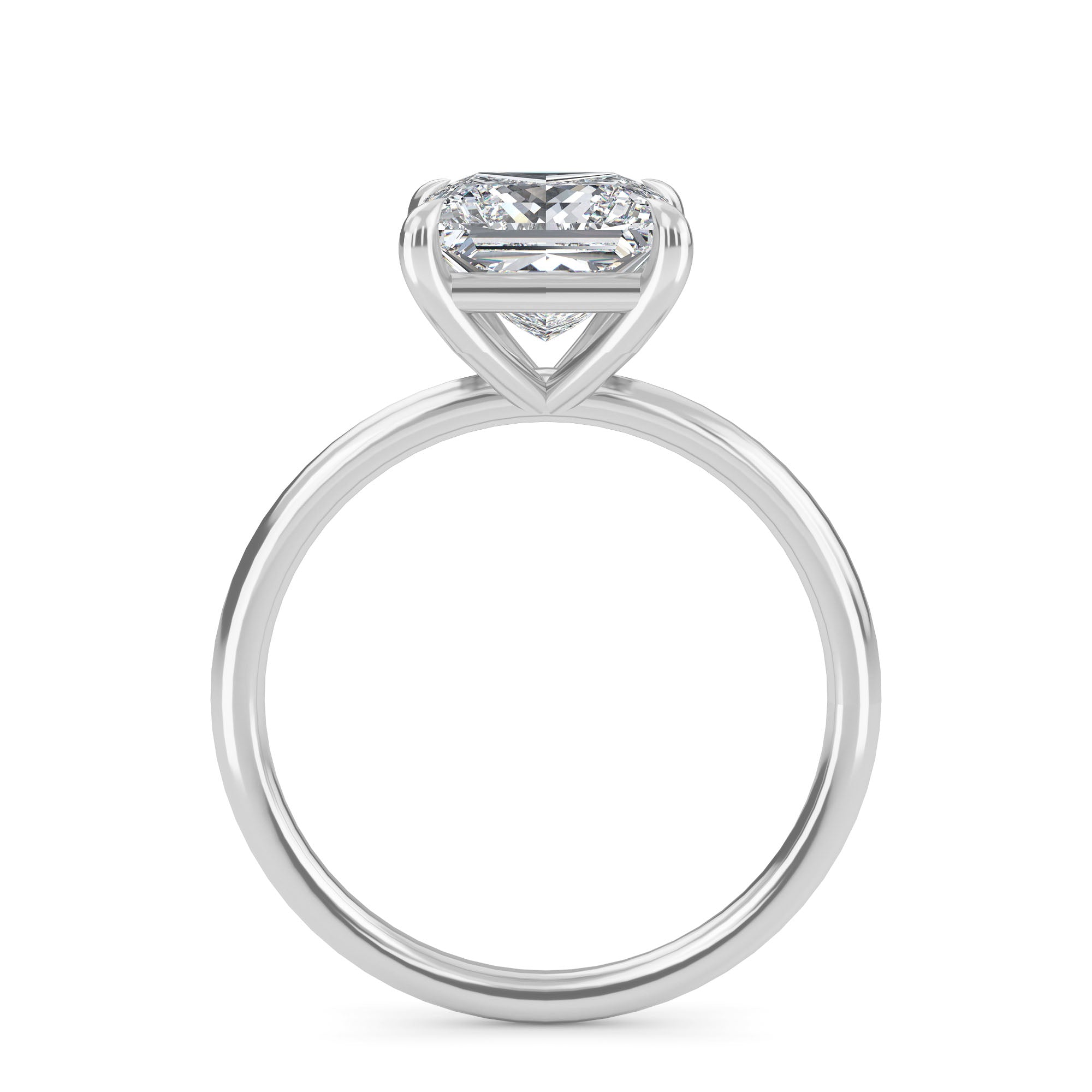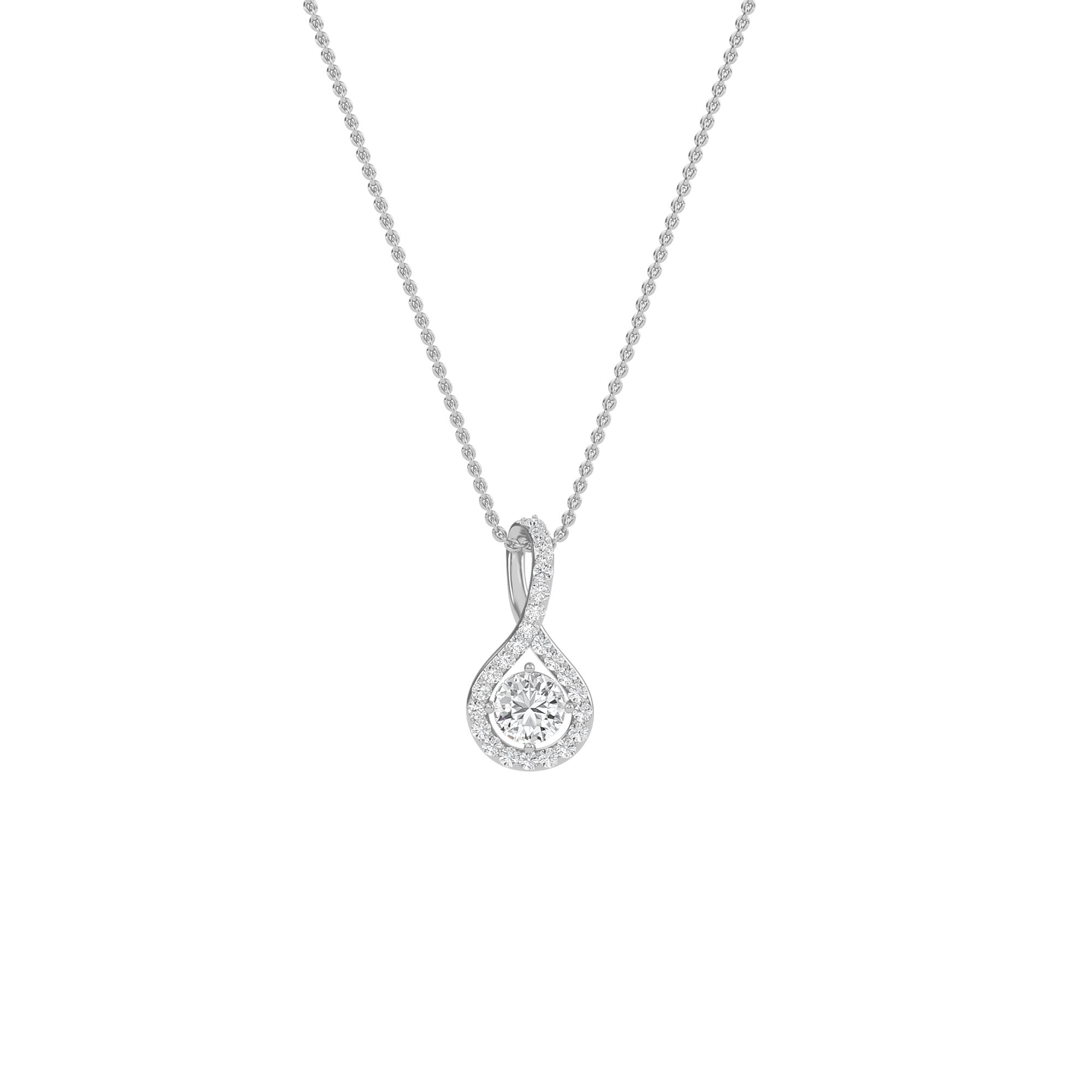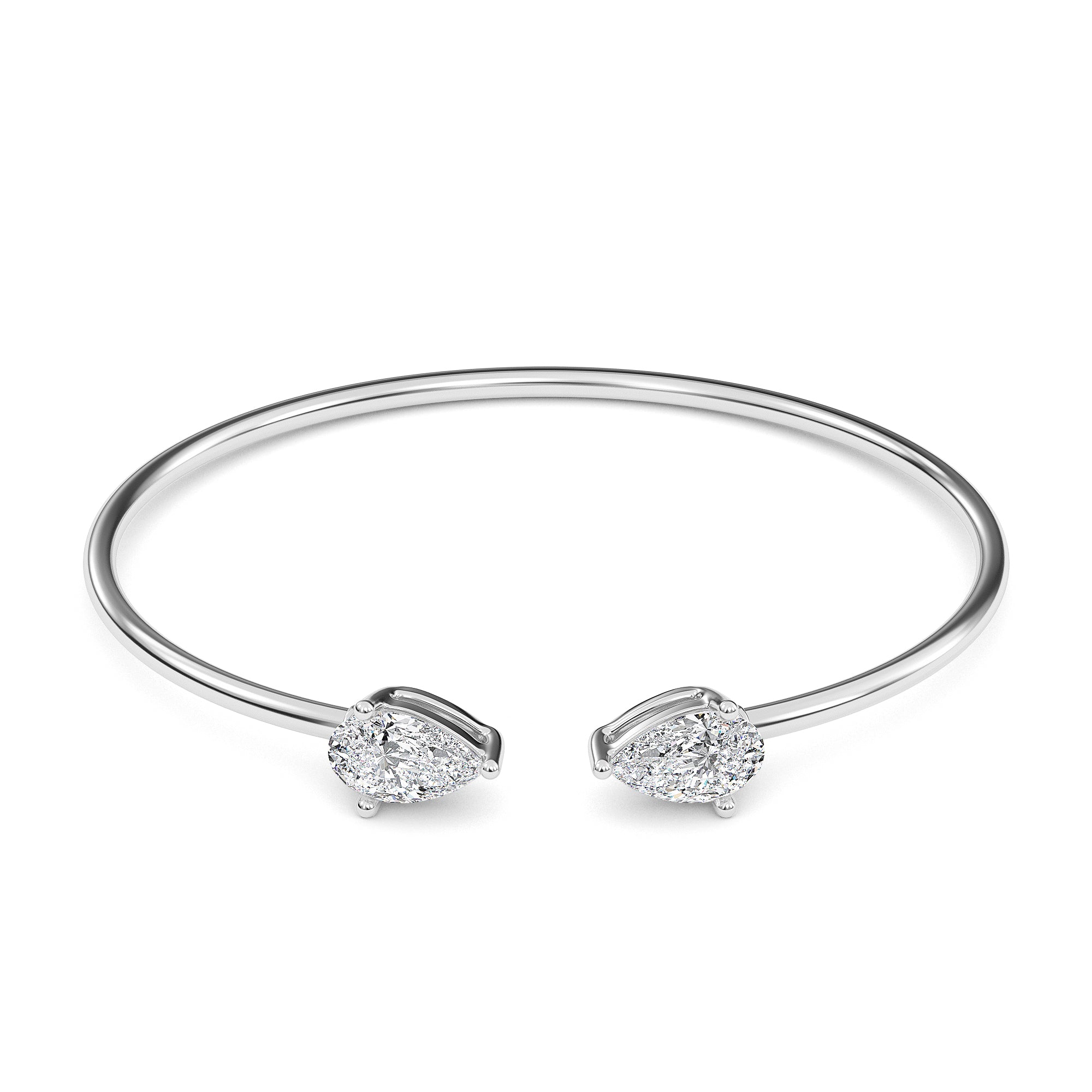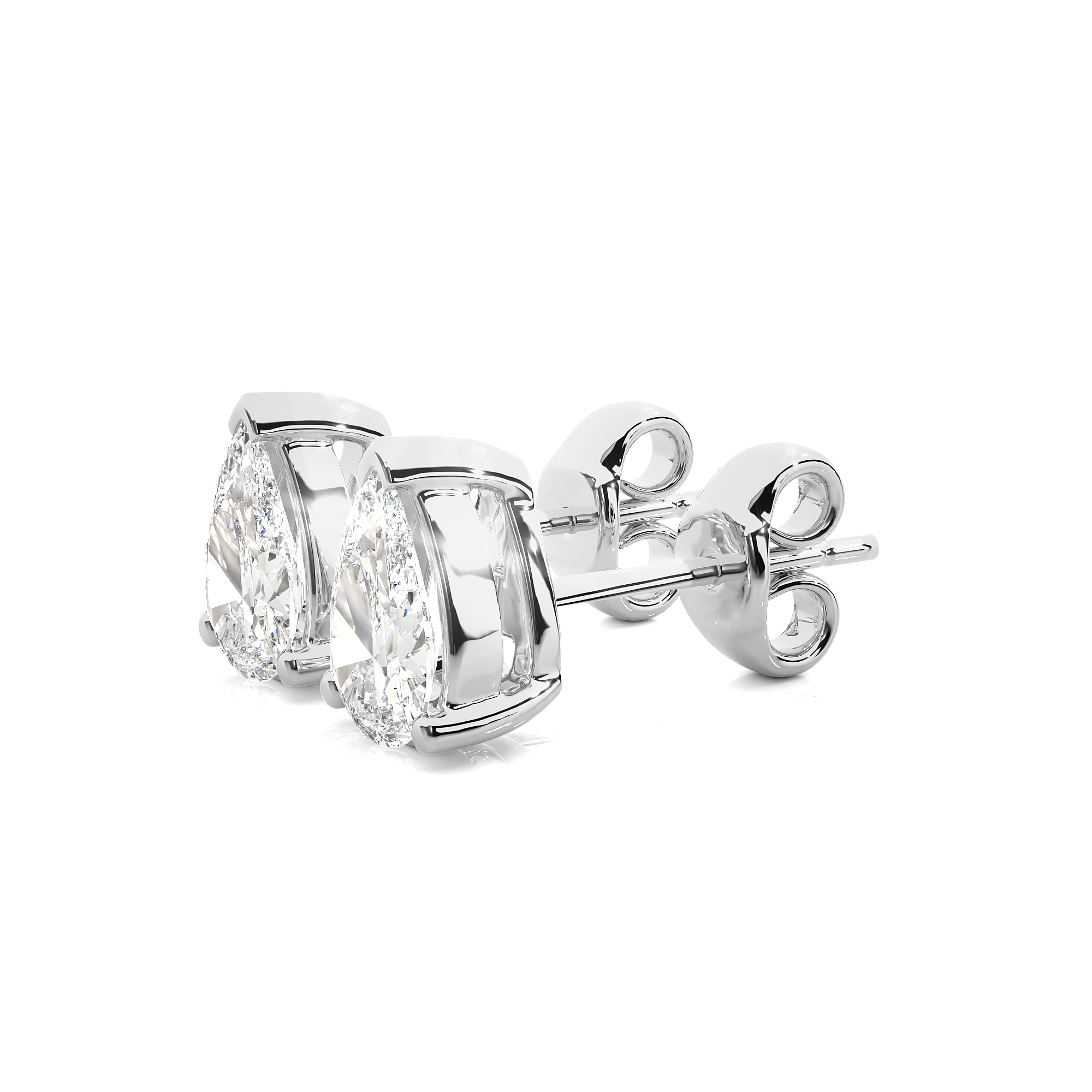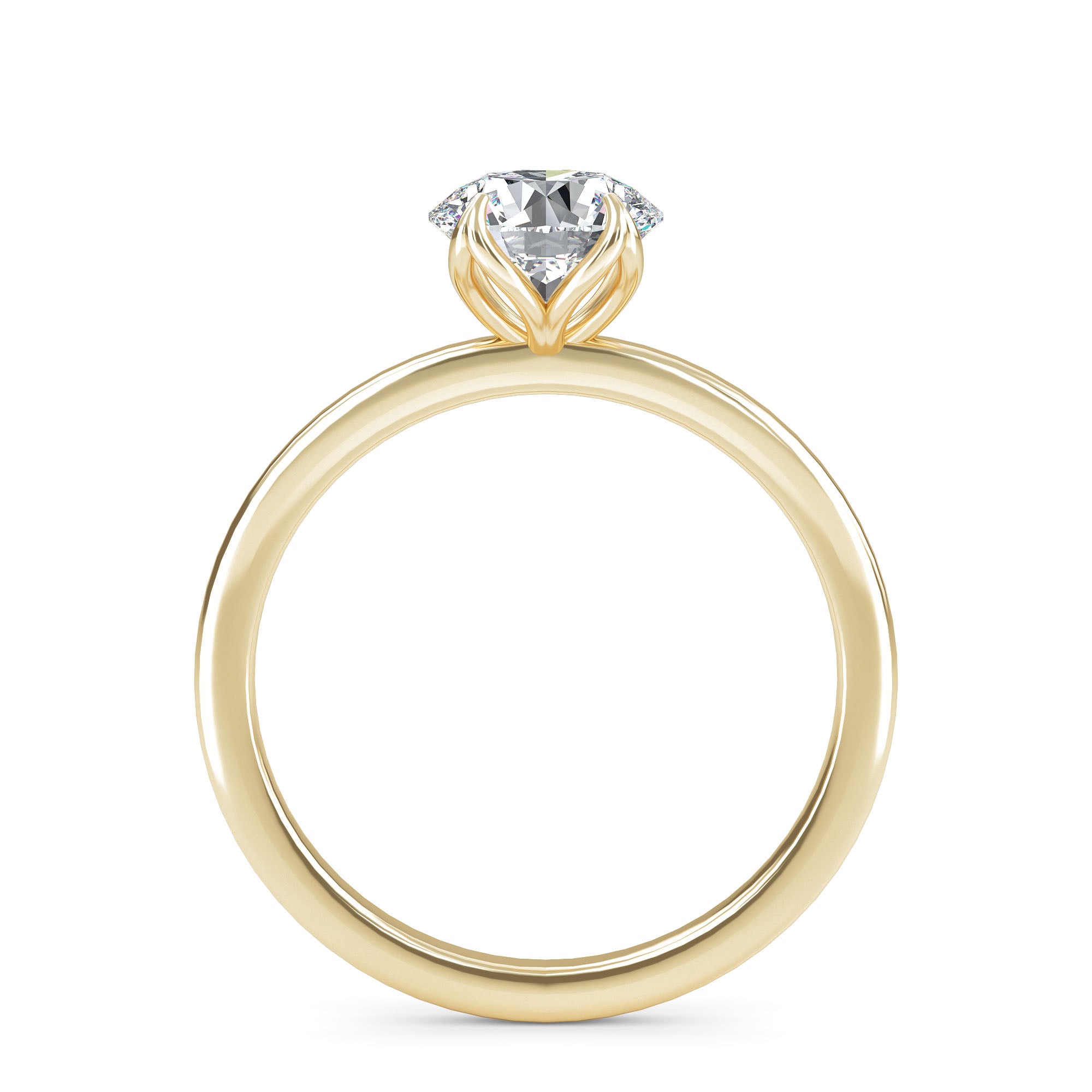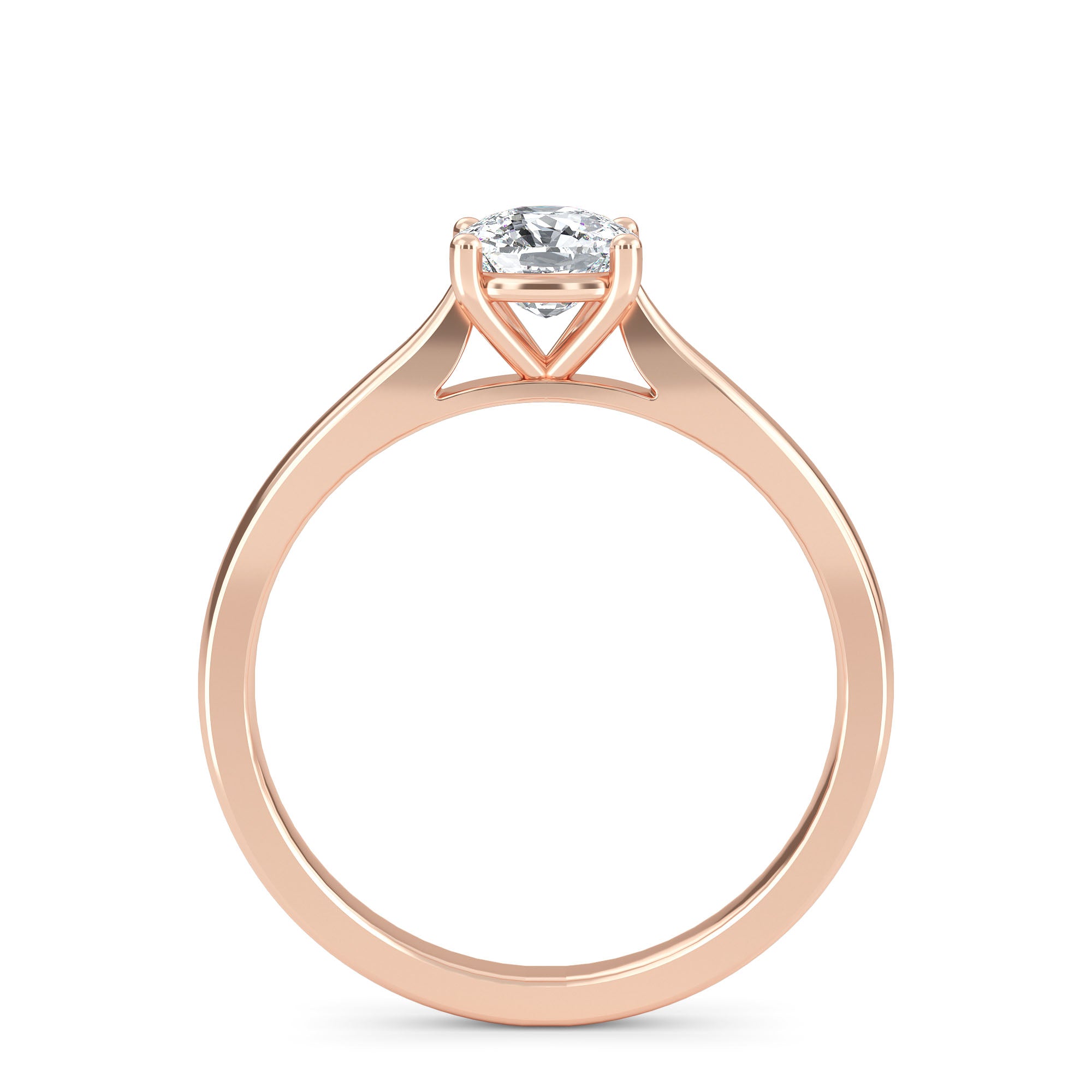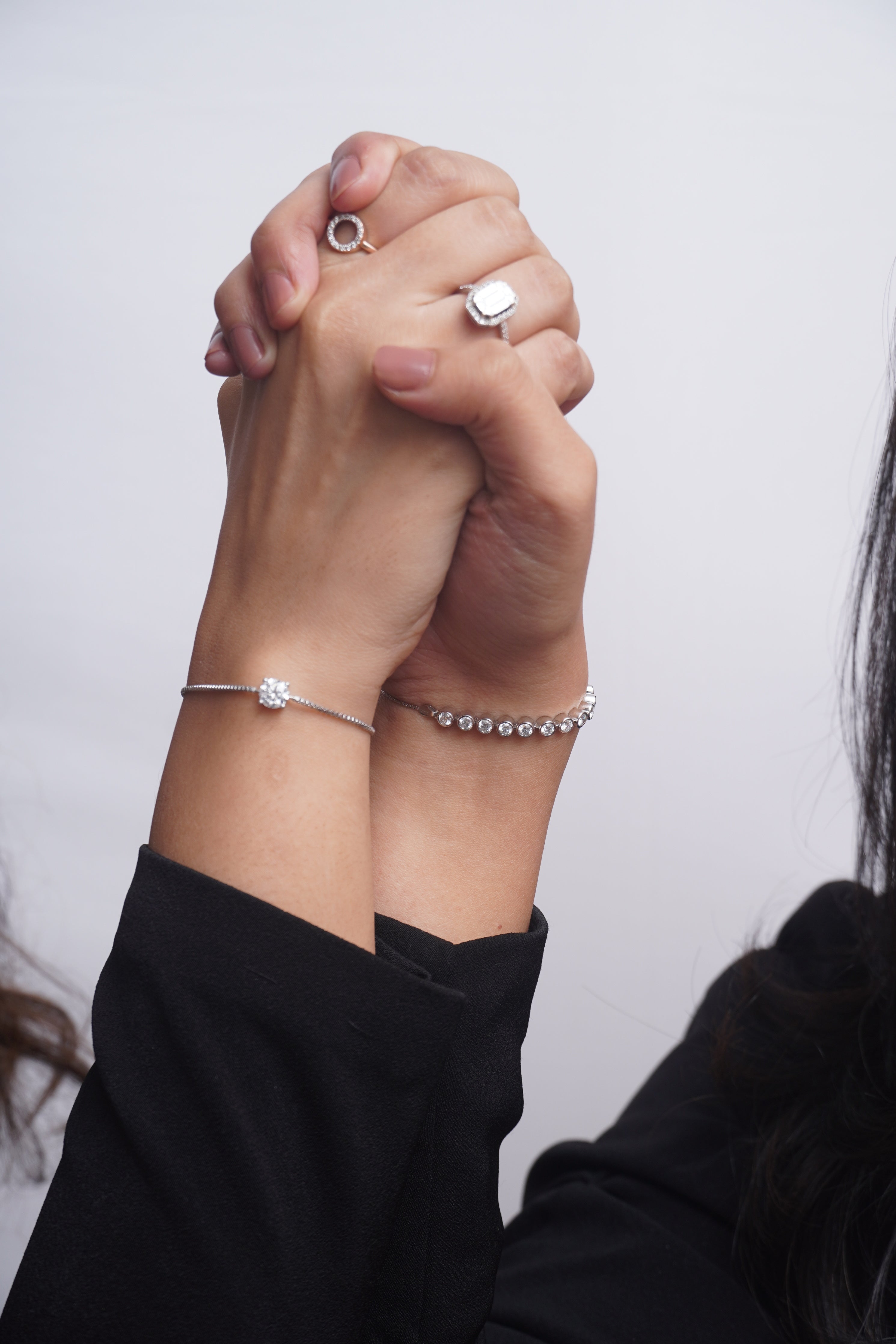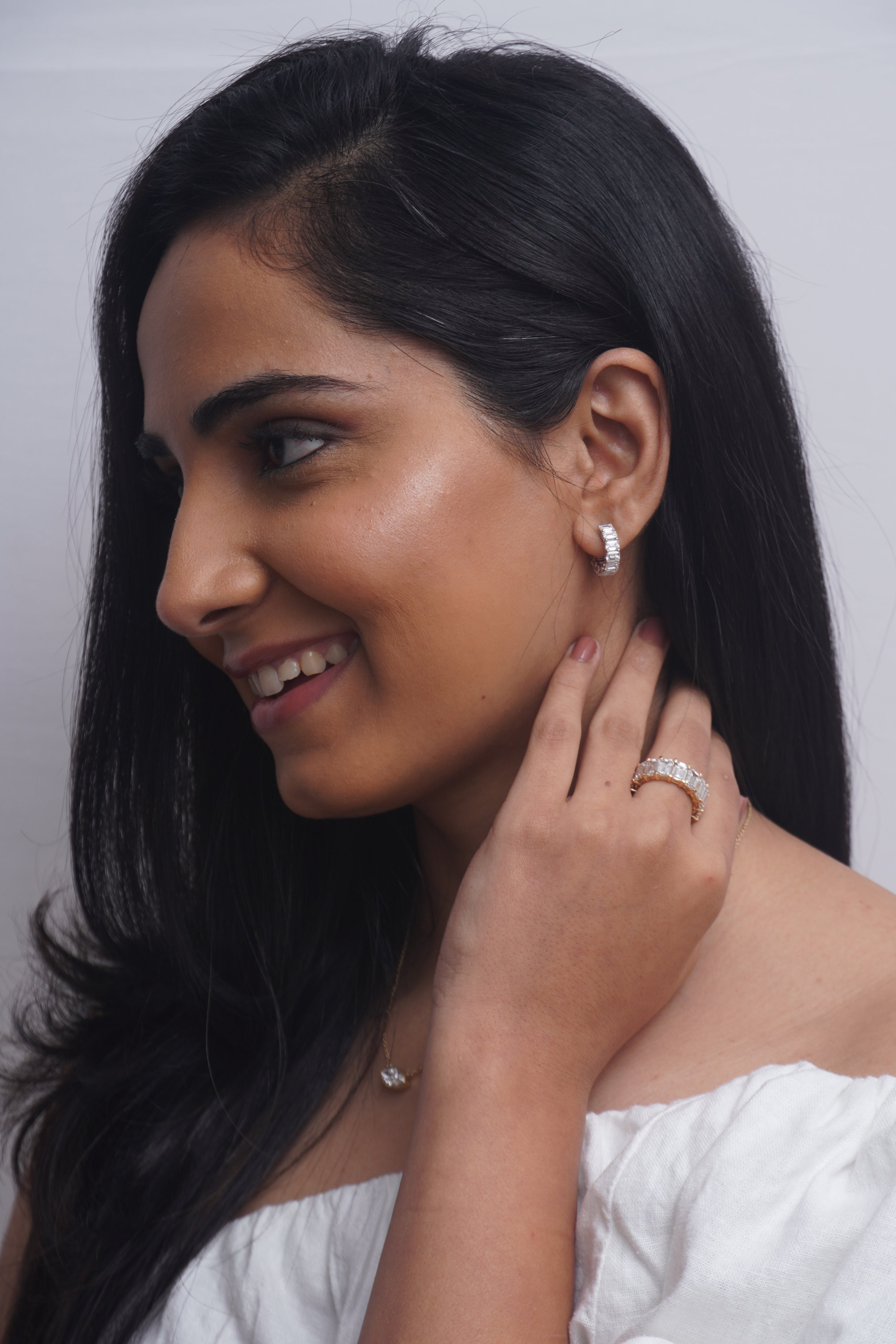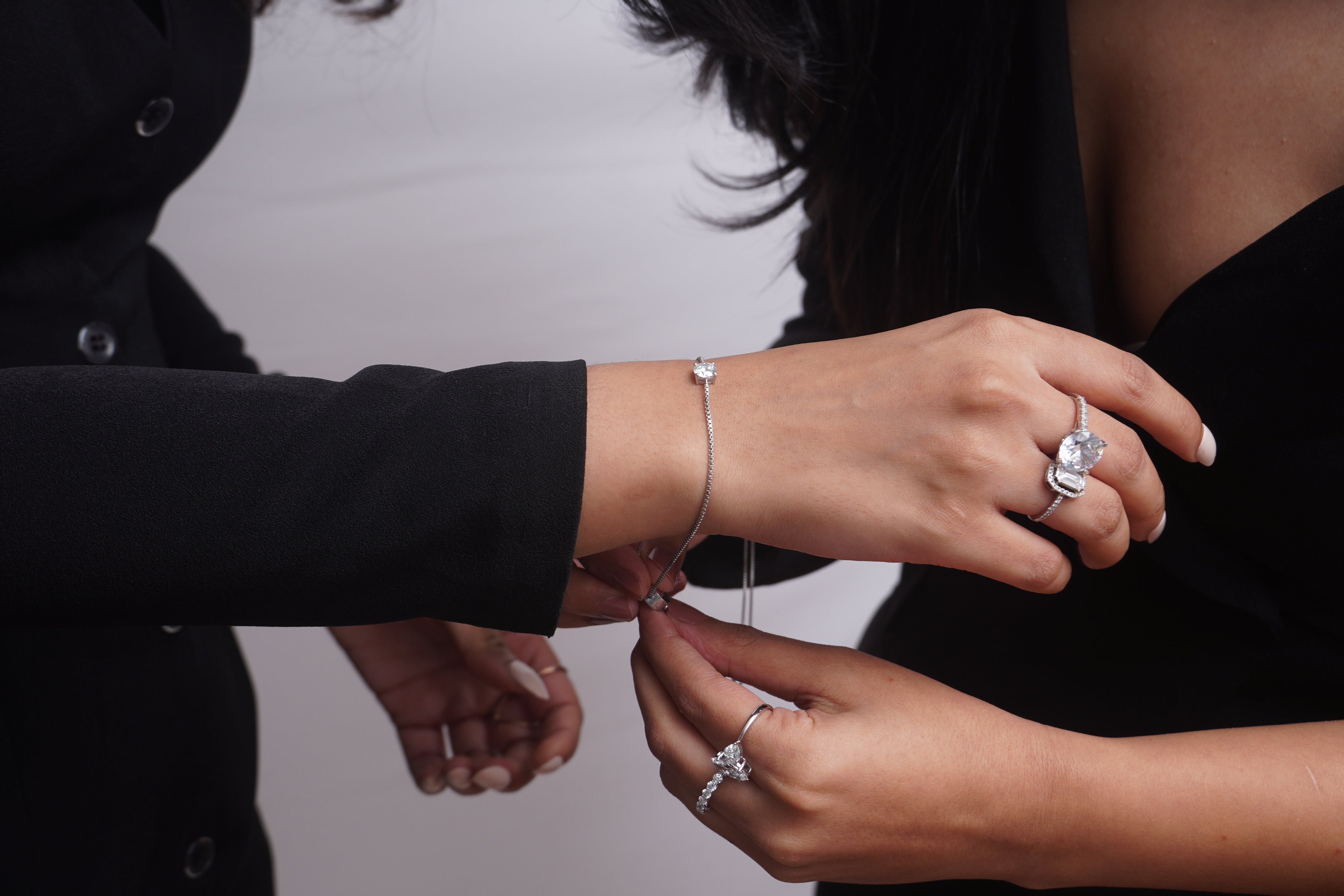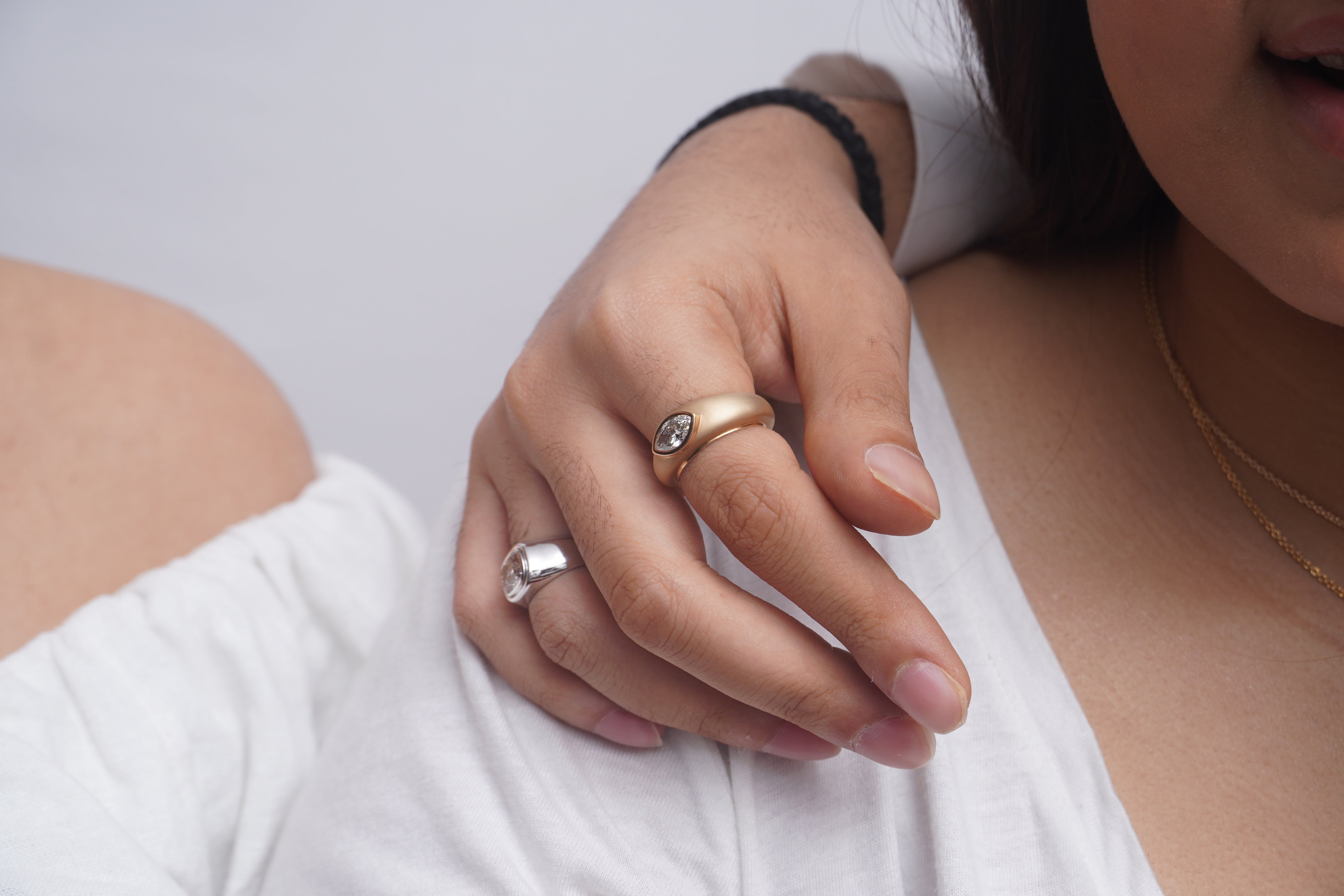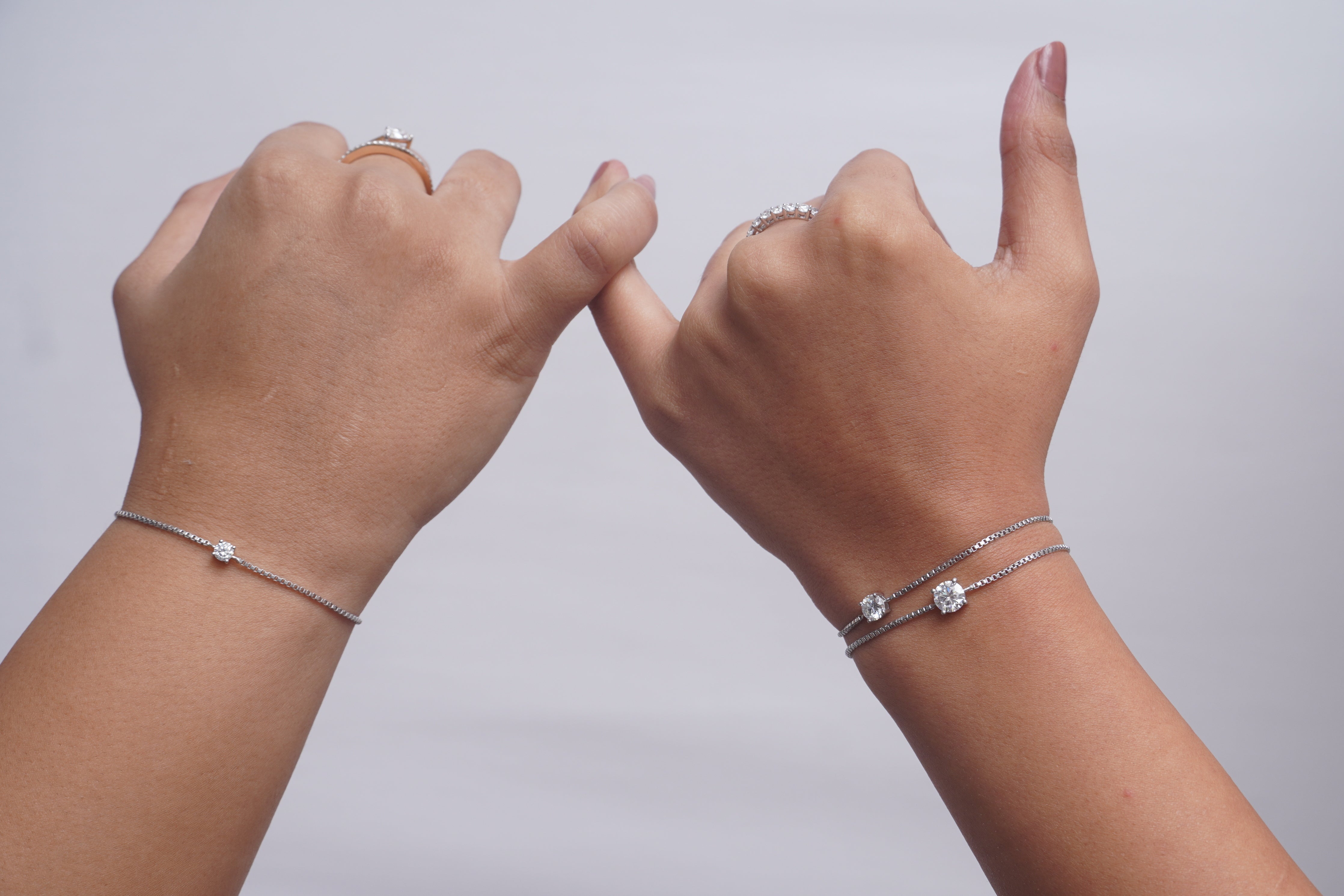Buying a big diamond on a small budget can be challenging, but with careful planning and consideration, it is possible to find a beautiful and impressive stone. Here are some tips to help you get the most value when buying a diamond on a limited budget:
- Prioritize the 4 Cs: The 4 Cs of diamonds are cut, color, clarity, and carat weight. Prioritize these characteristics based on your preferences and budget. If size is crucial, you may need to compromise on the other factors to get a larger stone within your budget.
- Choose a lower color grade: Colorless diamonds (D to F) are more expensive than slightly colored ones (G to J). However, many diamonds in the G to H range still appear colorless to the naked eye. Opting for a lower color grade can help you save money while still getting an attractive diamond.
- Consider lower clarity grades: Diamonds with minor inclusions are often significantly less expensive than flawless ones. Clarity grades SI1 and SI2 (Slightly Included) can offer good value as long as the inclusions are not visible to the naked eye.
- Select an alternative diamond shape: Round brilliant diamonds are the most popular and typically the most expensive. Consider other shapes, like oval, pear, or marquise, which can appear larger and cost less per carat.
- Focus on cut quality: A well-cut diamond will sparkle and reflect light better, making it appear more brilliant and larger. Sacrificing size for cut quality can result in a visually stunning diamond even if it's slightly smaller.
- Settle for a slightly lower carat weight: Instead of going for an exact carat weight, consider diamonds just below popular weight thresholds. For example, choose a 0.90-carat diamond instead of a 1.00-carat diamond. These slight reductions in carat weight can lead to more affordable prices.
- Buy shy: Diamonds that are just under the next carat weight can be more affordable while appearing nearly the same size. For example, a 0.90-carat diamond may look very similar to a 1.00-carat diamond but cost significantly less.
- Explore online and local jewelers: Compare prices and selections from various online and local jewelry stores. Online retailers often have lower overhead costs, which can translate into more competitive prices.
- Consider lab-grown diamonds: Lab-created diamonds are chemically identical to natural diamonds but are generally more affordable. They can offer a larger diamond within the same budget while still maintaining excellent quality.
- Negotiate and be flexible: Don't hesitate to negotiate with the jeweler, especially if you're buying in person. Also, be open to considering diamonds just outside your initial preferences, as it may lead to finding a better deal.
Remember that buying a diamond is a personal and emotional experience. Take your time to research, educate yourself on diamond characteristics, and find a balance between size, quality, and budget to make a confident and informed decision.

